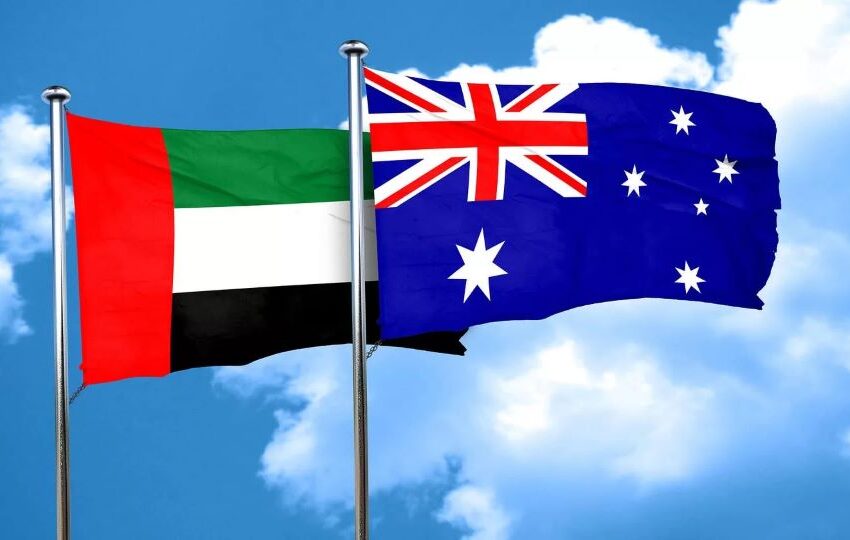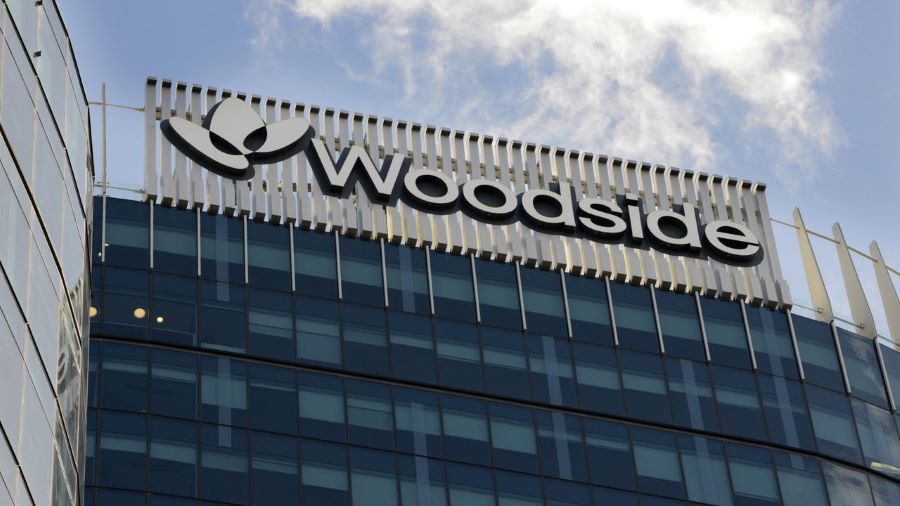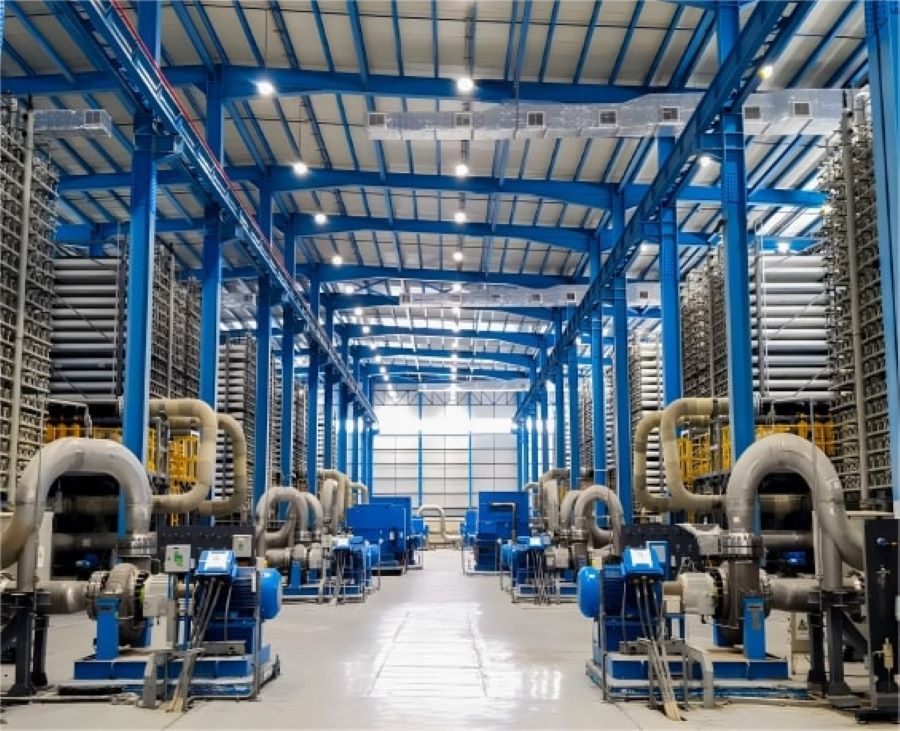
Australia Concludes Trade Agreement with UAE
In its first trade agreement with a Middle Eastern nation, Australia on Tuesday said that it will sign a Comprehensive Economic Partnership Agreement (CEPA) with the UAE and the deal will eliminate tariffs on more than 99% of all Australian products entering the UAE.
Both countries commenced negotiations on 13 December 2023 for CEPA to lay the groundwork for closer economic ties.
The negotiations concluded within nine months on Tuesday and the CEPA treaty is now being prepared for signature and entry-into-force will occur in accordance with Australia´s domestic treaty making process. The treaty is expected to be signed early next year.
Making the announcement at Parliament House in Canberra this morning, Australia’s Trade Minister Don Farrell said that the UAE was not only his country’s largest trade and investment partner in the Middle East, but is always one of their most important strategic, diplomatic and Defence partners in the region.
This trade agreement provides a gateway for Australian exporters to diversify into the Middle East, a market of around 58 million consumers and a combined GDP of $950 billion and the key Australian exports to the UAE include alumina, meat, dairy, oil seeds, seafood, steel, canola seeds, nuts, honey, coal, chickpeas, lentils and higher education.
The Minister said that the bilateral investment between Australia and the UAE totalled $20.6 billion in 2023, and this is expected to increase significantly.
“The new trade agreement is a great deal for Australian exporters. Over 99% of Australian products will enter the UAE tariff free, resulting in estimated tariff savings of $135 million in the first year, rising to $160 million per year once the agreement is fully implemented,” he explained.
Beneficial to Farmers
Don Farrell said that the agreement will deliver real benefits for Australian farmers and food producers, with estimated tariff savings of $50 million per year for the country’s food and agriculture exports.
The negotiated package includes a framework which will encourage two-way investment, including in the sectors of the Australian economy that underpin its energy transition, such as critical minerals. The Australian mining industry will also benefit with tariff cuts on exports, including alumina which was valued at $1 billion in 2023.
The agreement cuts Australian import tariffs on the UAE produced furniture, copper wire, glass containers and plastic, making them cheaper at the checkout and lowering business costs for traders. It is estimated that Australian households and businesses will save around $40 million a year.
The deal unlocks new business opportunities, creates greater certainty for Australian service providers in the UAE and makes it easier for certain skilled professionals to work temporarily in the UAE.
For sectors such as education, financial services, health and research and development services, 100 per cent foreign ownership in the UAE market is guaranteed.
The agreement also includes commitments on promoting labour rights, on protecting the environment, and on sustainable development. Australia’s right to regulate for all levels of government has been preserved.
Don Farrell said that Australia, a trading nation, is delivering on its commitment to open up new opportunities for our exporters, farmers, producers and businesses to diversify their markets.
“The UAE has some of the largest Sovereign Wealth Funds (SWFs) holding assets worth $1.3 trillion in the world. A trade agreement with the UAE will facilitate investment, which is important to achieving the Australian government’s ambition of becoming a renewable energy superpower,” he said.
The Aussie exports are expected to increase by $458.88 million per year, but this deal means more for Australia than just numbers. More trade means higher-paying jobs, more opportunities for Australia’s businesses, greater investment to build things in Australia, and cheaper bills for Australian households.














